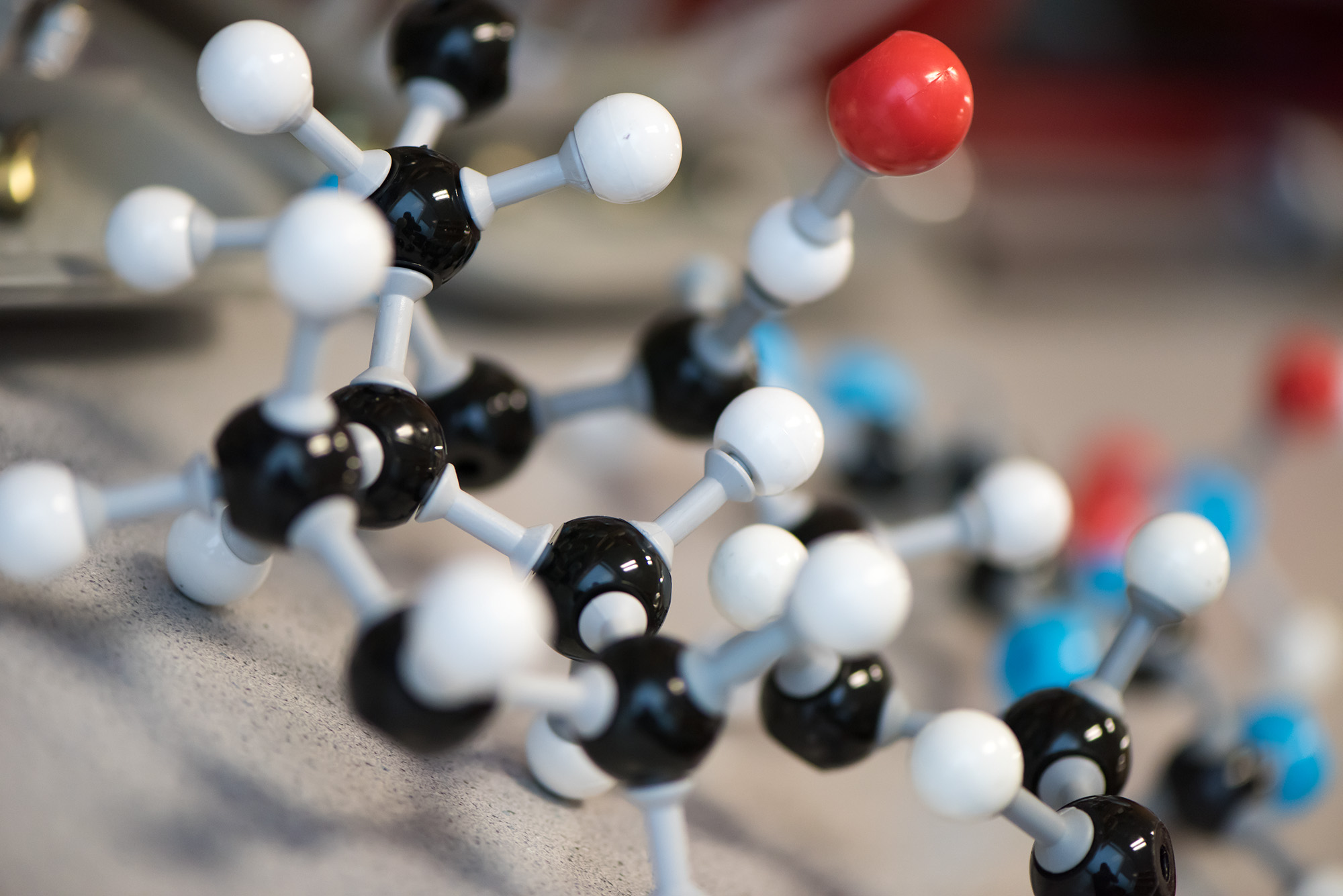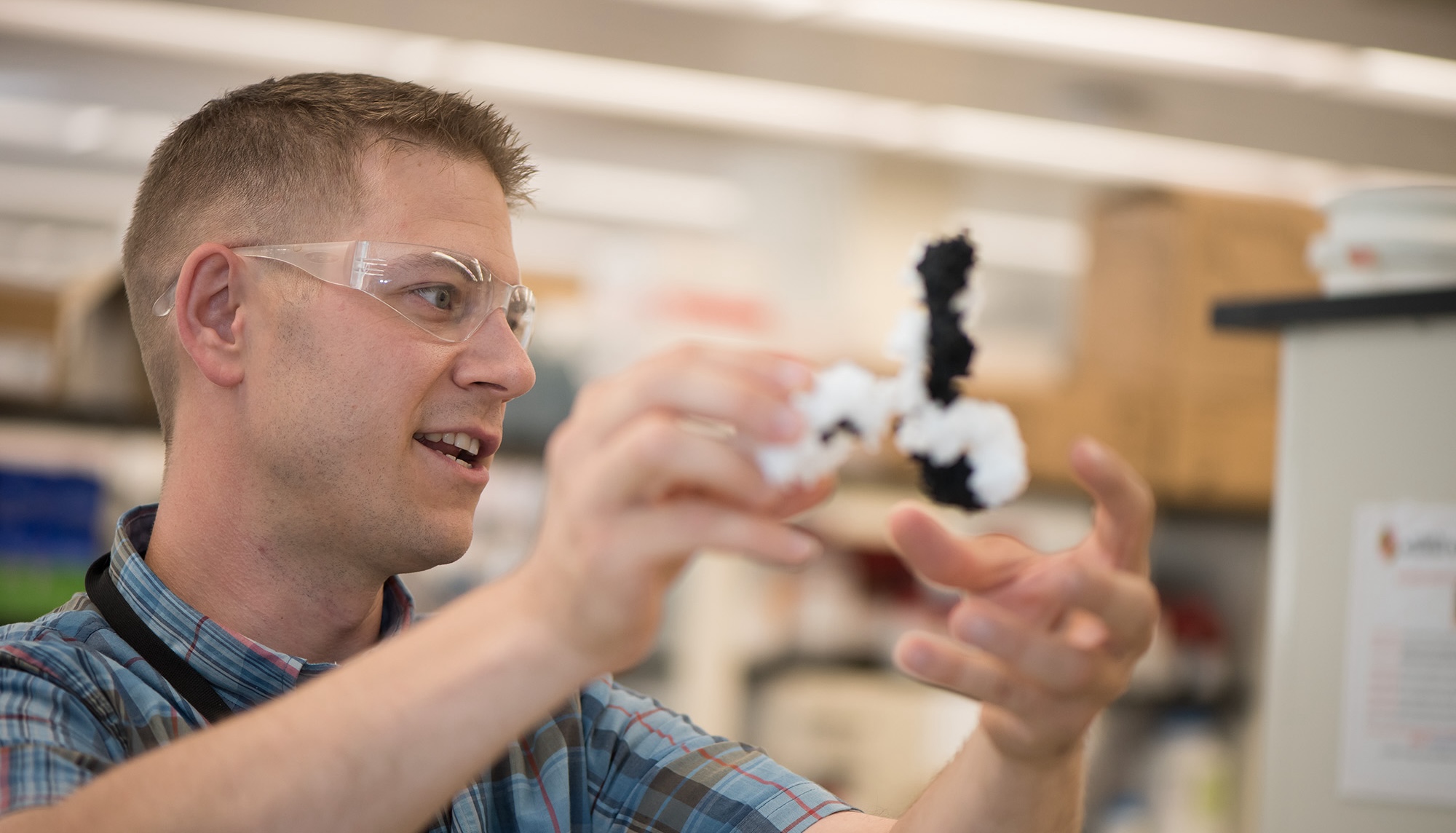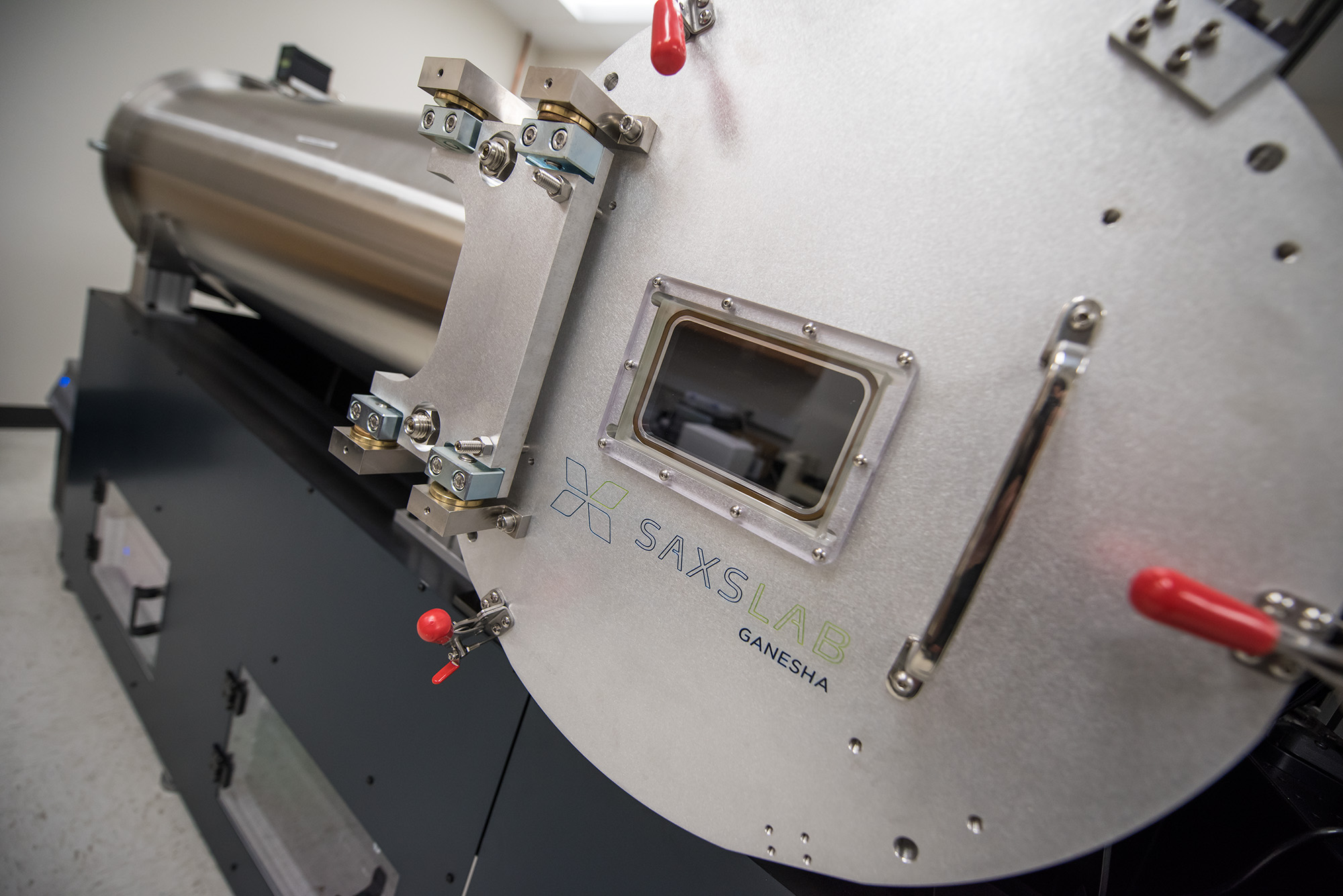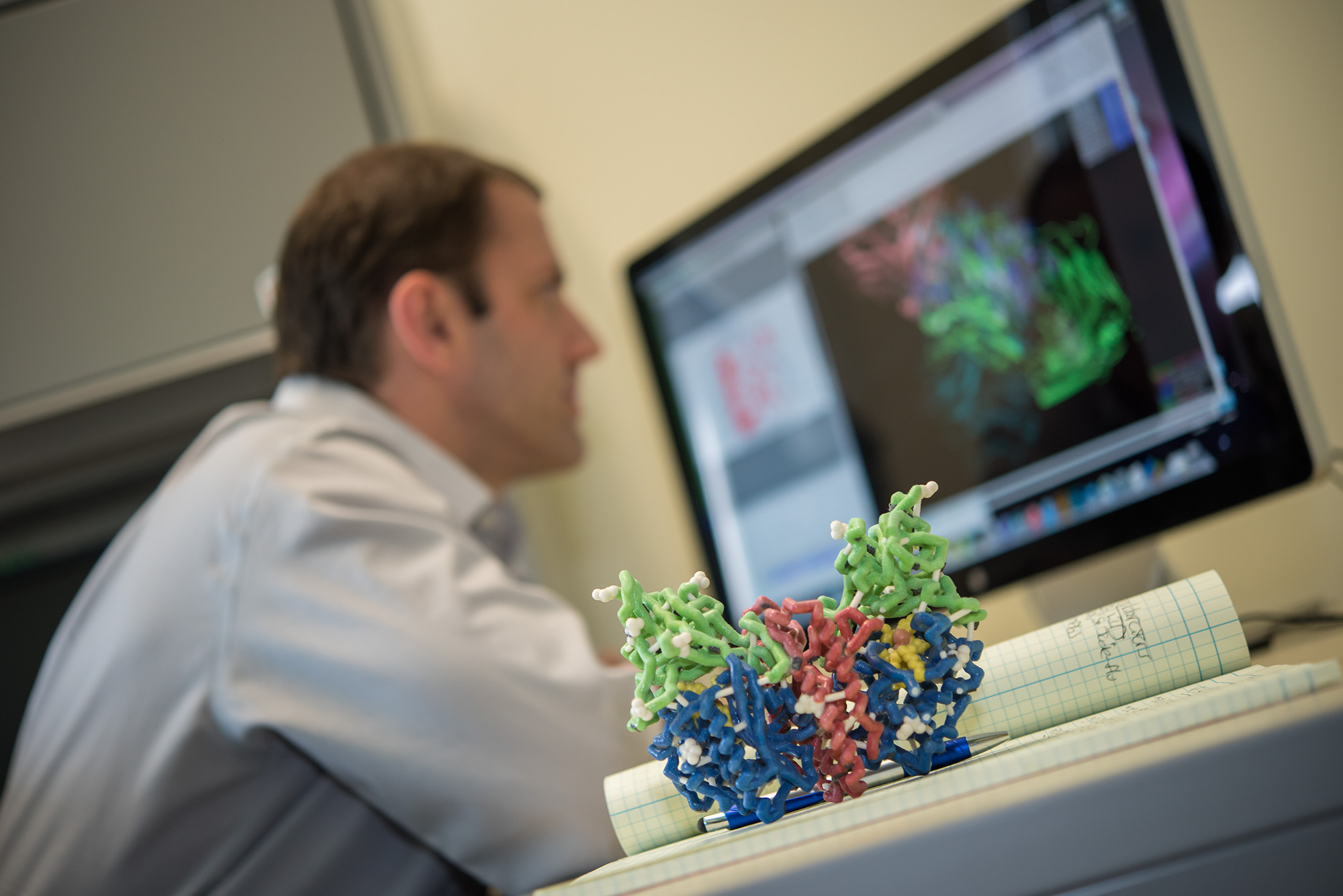
Researchers Uncover How C. difficile’s Deadliest Toxin Breaks Into Cells
A new study has uncovered key details about how one of the most urgent bacterial threats, Clostridioides difficile infection, causes damage inside the human body. This bacterium infects the colon, causing diarrhea and inflammation among other uncomfortable symptoms, and leads to as many as 15,000 deaths per year in the...

Researchers Uncover How Key Cell Proteins Interact with Implications for Cancer Treatment
How do cells coordinate activities between their insides and their outside? A new study published in Science Advances by researchers from the University of Maryland (UMD), the National Institute of Standards and Technology (NIST), and the City of Hope Medical Center provides a molecular-level answer. The research uncovers novel insights...

Why AI Can’t Yet Crack the Code of RNA and DNA Folding
Artificial intelligence (AI) has quickly become a widely discussed topic, as its reach is expanding to numerous fields beyond computer science. In structural biology, AI has been increasingly used to predict 3D structures of various biomolecules including proteins, carbohydrates and even the interaction between these molecules. However, a study, “Critical...
About IBBR
IBBR is a joint research enterprise of the University of Maryland, College Park, the University of Maryland, Baltimore, and the National Institute of Standards and Technology.
IBBR leverages state-of-art integrative methods for bioanalytical, biophysical and structural characterization of biomolecules: cryo-electron microscopy, nuclear magnetic resonance, x-ray crystallography, small angle neutron and x-ray scattering and mass spectrometry.
IBBR researchers seek to advance therapeutic development, biomanufacturing, and state-of-the-art measurement technologies, to support accelerated delivery of safe and effective medicines to the public.
IBBR is a major initiative and supported in part by the University of Maryland Strategic Partnership: MPowering the State (MPower) , an initiative designed to achieve innovation and impact through collaboration.
Connecting
IBBR Commons
Sophisticated state-of-the-art instrumentation and facilities, and in-house expertise located in shared space and dedicated to advance research, support collaboration and foster innovation of methods. Instrumentation and facilities include tools for high-resolution structural biology, bioanalytical and biophysical measurement, protein engineering and cell culture, advanced computation including artificial intelligence and deep learning methods, and general laboratory services. These capabilities and advanced training are available to IBBR scientists and collaborators.
IBBR Postdoc Program
The IBBR Postdoc Program (IPP) focuses on collaborative research involving basic science and technology development that advances therapeutic development, vaccine development, and biomanufacturing. IPP Fellow project teams are designed with a combination of the IPP Fellow career goals and priorities of project mentors who can be from academic, government, and/or industrial laboratories throughout the University of Maryland, NIST and the I-270 corridor.
NMRPipe
IBBR is home to NMRPipe, a popular collection of programs and scripts for manipulating multidimensional Nuclear Magnetic Resonance (NMR) data. The use of NMRPipe is noted in roughly 40% of all NMR structures accepted into the Protein Data Bank.

Upcoming Events
BMD Staff Seminar K. Tynan/ E. Moran, .08/.06
Tuesday, October 21, 2025 - 11:00am
NIST Group Meeting: Patrick Keating
Wednesday, October 22, 2025 - 11:00am
Seminar: Ruth Cheng, ATCC (Host: Jon Dinman)
Monday, October 27, 2025 - 11:00am
Recent Publications
Protein Target Highlights in CASP16: Insights From the Structure Providers.
This article presents an in-depth analysis of selected CASP16 targets, with a focus on their biological and functional significance. The authors highlight the most relevant features of the target...
Complex regulation of Citron OGD2-dependent resistance to citrus canker caused by Xanthomonas citri subsp. citri.
Iron is an essential nutrient for all organisms. Feruloyl-COA 6-hydroxylase 1 (F6'H1) plays a pivotal role in iron uptake in plant roots by catalyzing the biosynthesis of iron-mobilizing...
Prediction of TdP Arrhythmia Risk Through Molecular Simulations of Conformation-specific Drug Interactions with the hERG K + , Na V 1.5, and Ca V 1.2 Channels.
Unintended block of cardiac ion channels, particularly hERG (K V 11.1), remains a key concern in drug development as disruption of ion channel function can lead to deadly arrhythmia. To assess...
Expression and characterization of SARS-CoV-2 spike protein in Thermothelomyces heterothallica C1.
The COVID-19 pandemic demonstrated a pressing need for rapid, adaptive, and scalable manufacturing of vaccines and reagents. With the transition into an endemic disease and rising threats of other...
Evaluation of Alphafold modeling for elucidation of nanobody-peptide epitope interactions.
Models of Ab-antigen complexes can be used to understand interaction mechanisms and for improving affinity. This study evaluates the use of the protein structure prediction algorithm AlphaFold...


